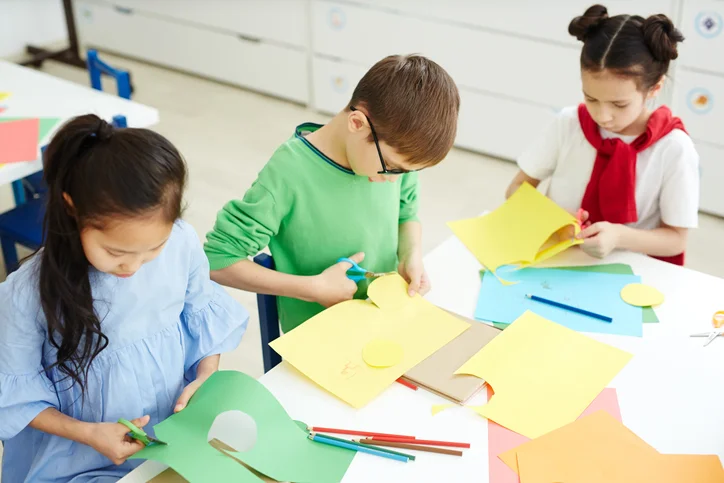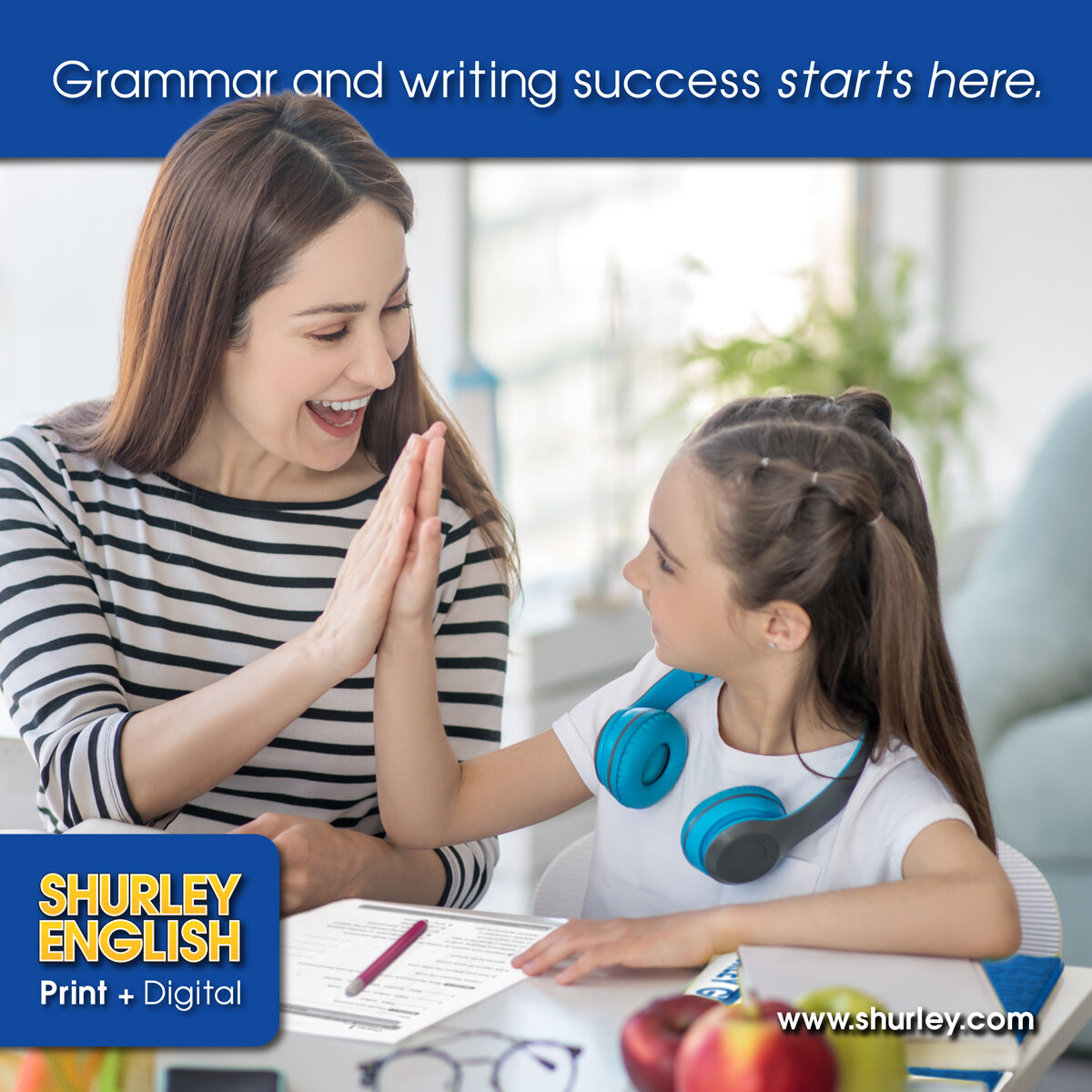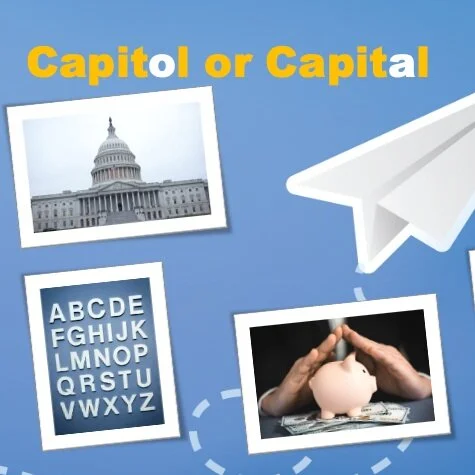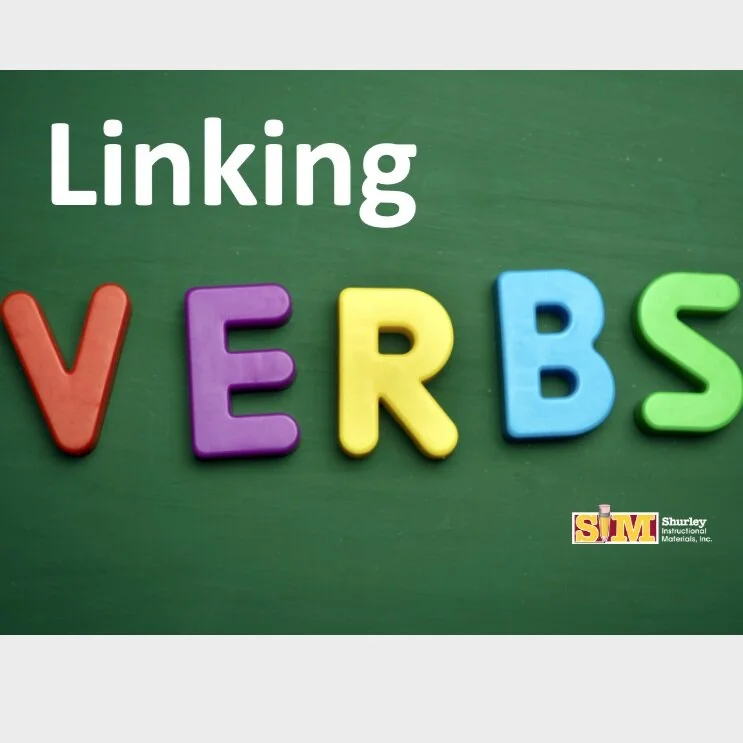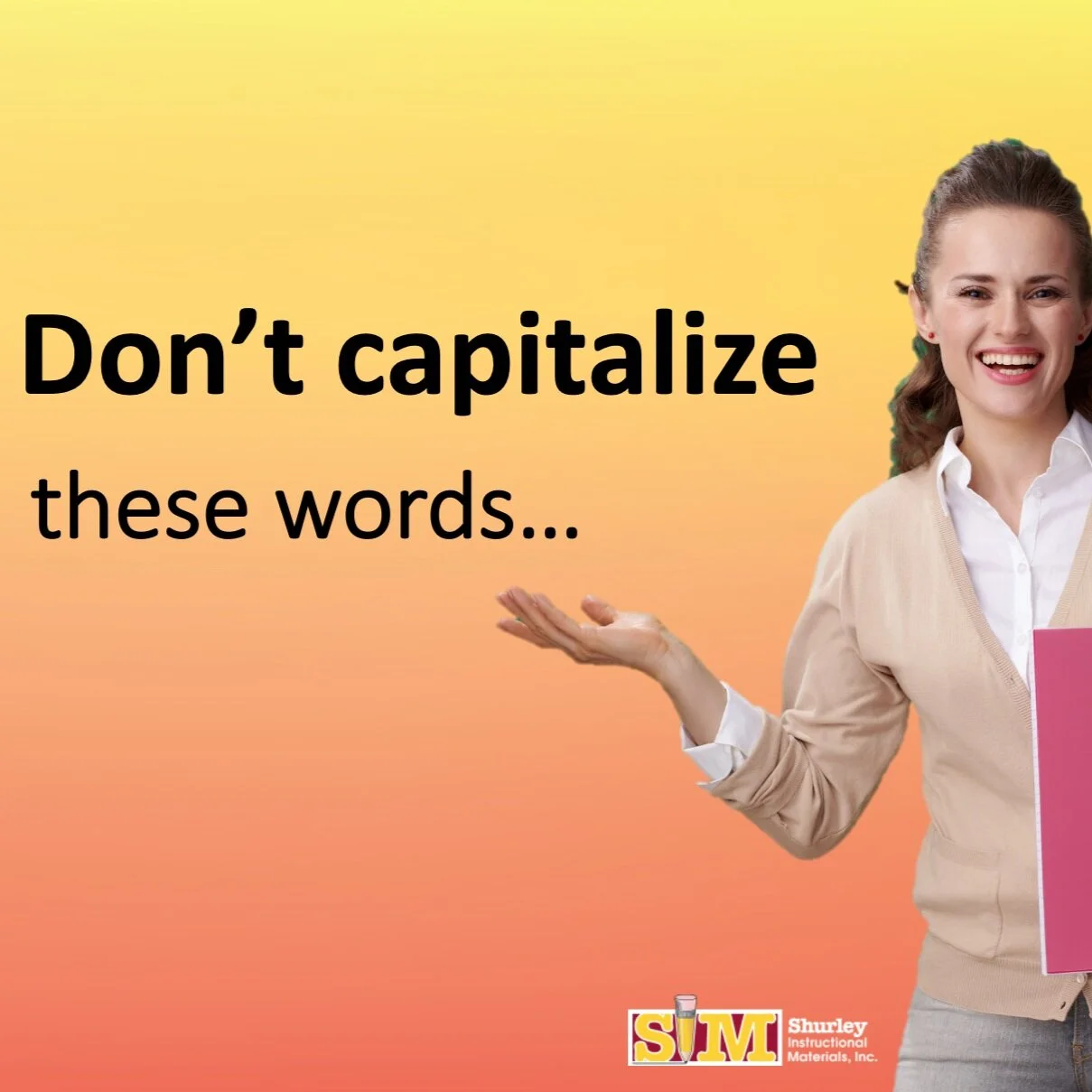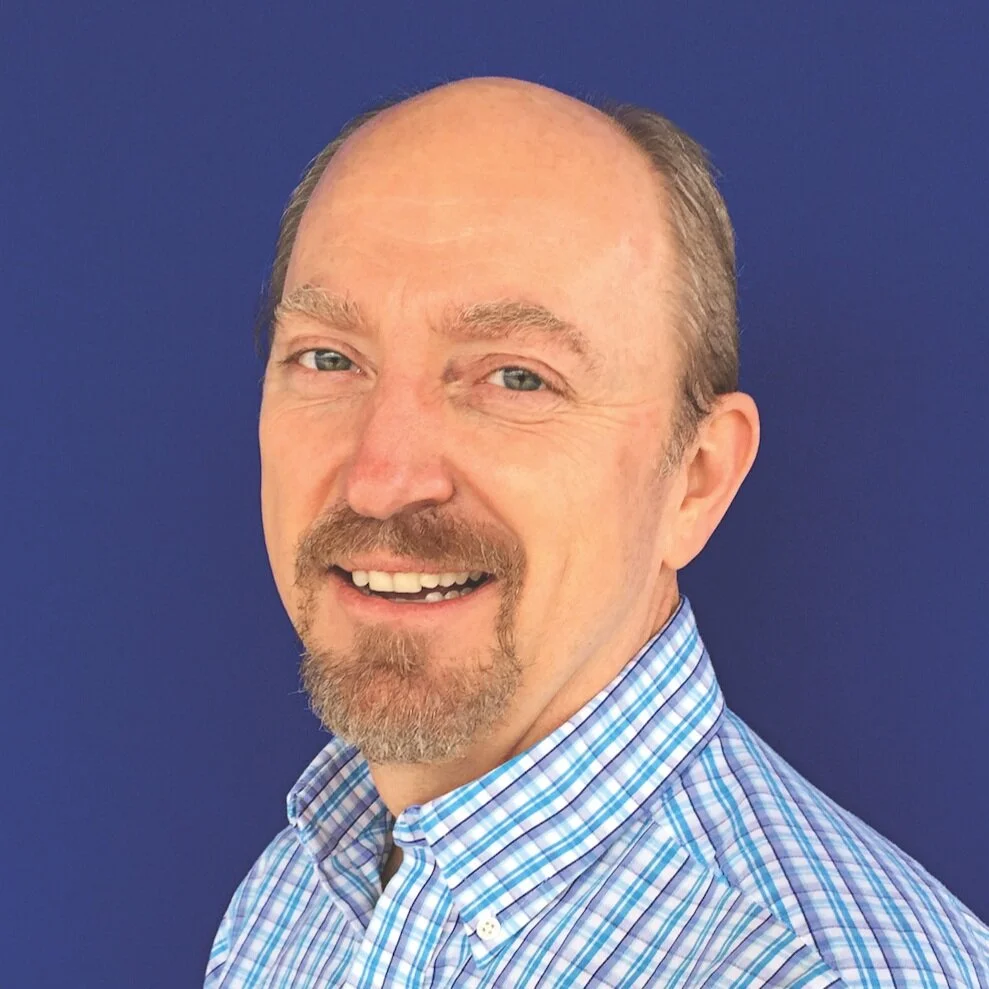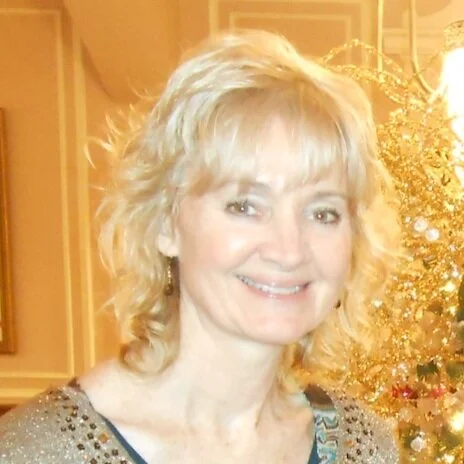Micro-comprehension: Sentence Structure Processing
/In this series about developing micro-comprehension I have discussed how students need a good vocabulary in order to create accurate mental models of the stories they read or hear. We also know that those mental models are affected by the way the brain fills-in missing information, called gap-filling inference. Next up is sentence structure processing.
Read More


